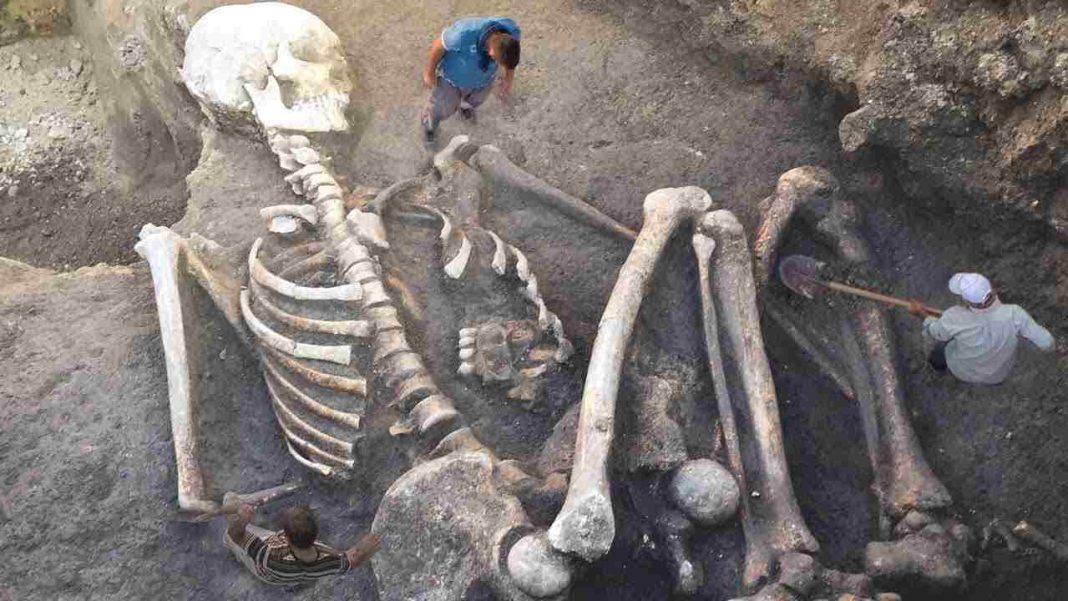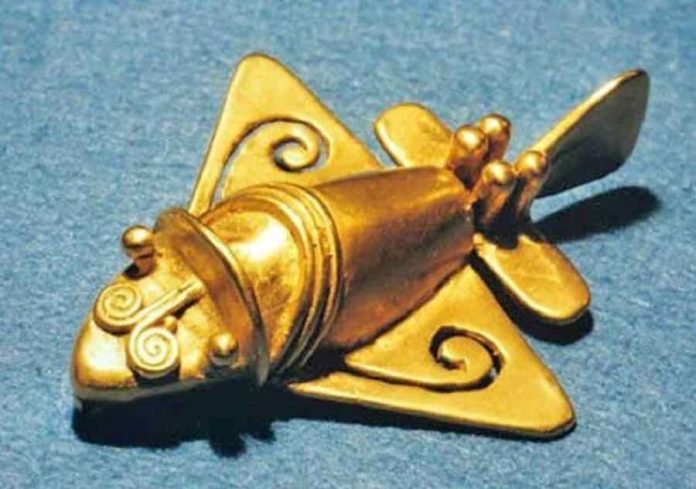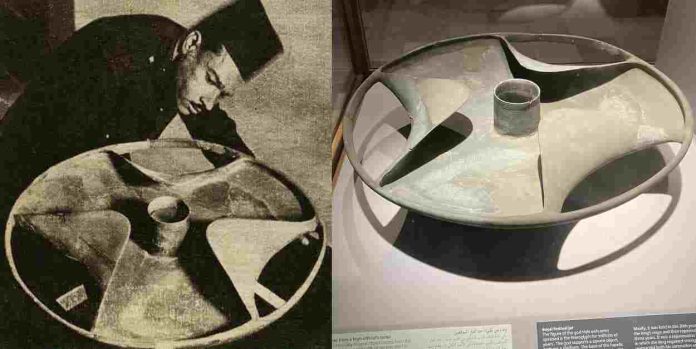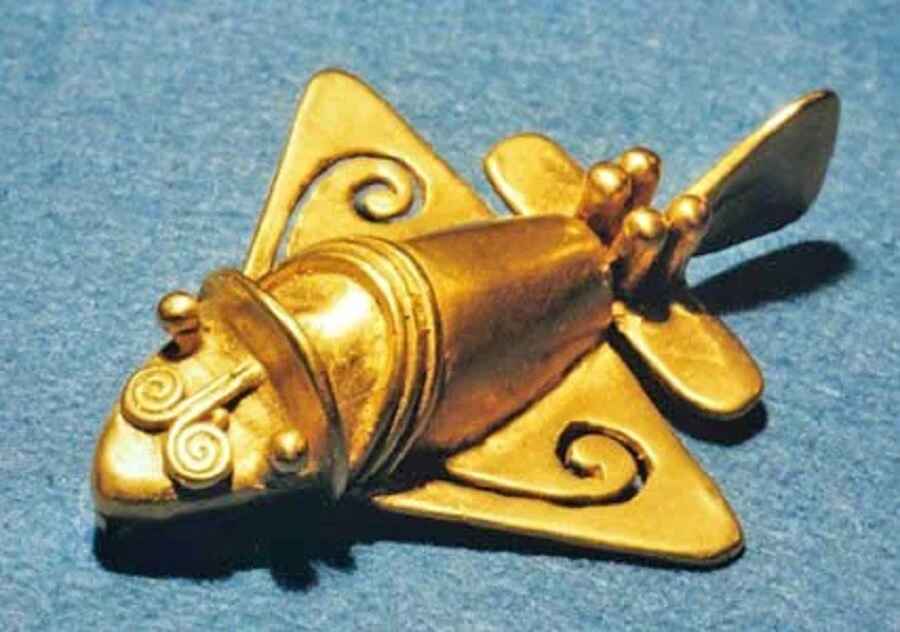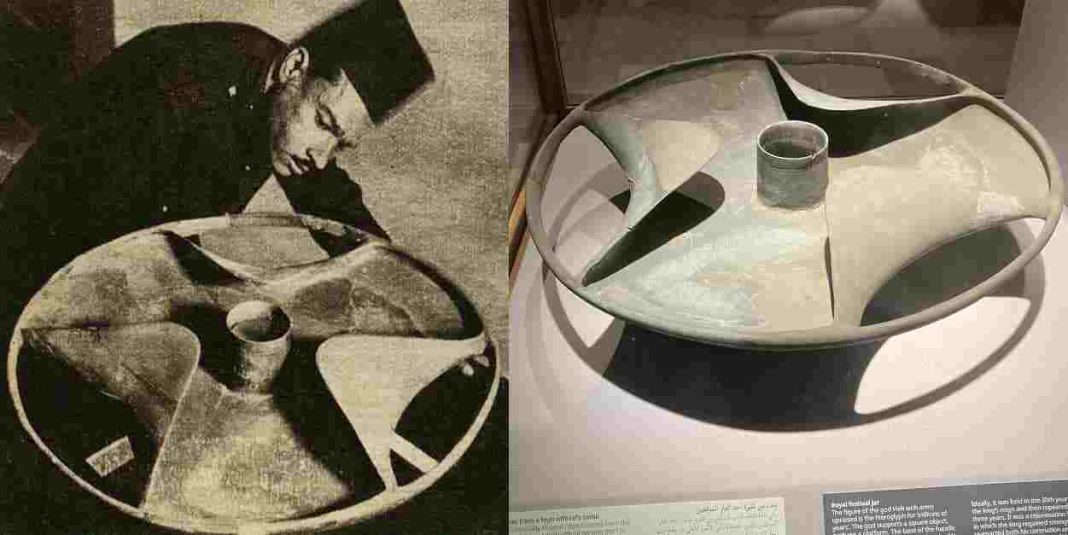The fascination with giant skeletons has been a topic of intrigue and speculation for centuries. From ancient legends to modern hoaxes, the idea that a race of giants once roamed the earth captures the imagination of many. Despite numerous claims and supposed discoveries, the truth behind these giant skeletons remains elusive. This article delves into the myths, hoaxes, and occasional legitimate findings surrounding giant skeletons, providing a comprehensive overview for those curious about this enigmatic subject.
The Historical Context of Giant Skeleton Claims
Throughout history, there have been numerous reports of giant skeletons being unearthed across the world. Many of these claims originate from the United States, where in the 19th and early 20th centuries, newspapers frequently reported the discovery of skeletons ranging from 7 feet to an astonishing 20 feet tall. These discoveries were often attributed to Native American burial mounds, adding a layer of mystique and historical depth to the stories.
However, most of these claims have been debunked as either deliberate hoaxes, misidentifications of large animal bones, or exaggerated reports by overzealous amateur archaeologists. A significant turning point came in 1934 when Aleš Hrdlička, a curator of anthropology at the Smithsonian Institution, conducted an investigation that discredited many of these claims. Hrdlička attributed the reports to the “will to believe” and the mistakes of amateur archaeologists unfamiliar with human anatomy.
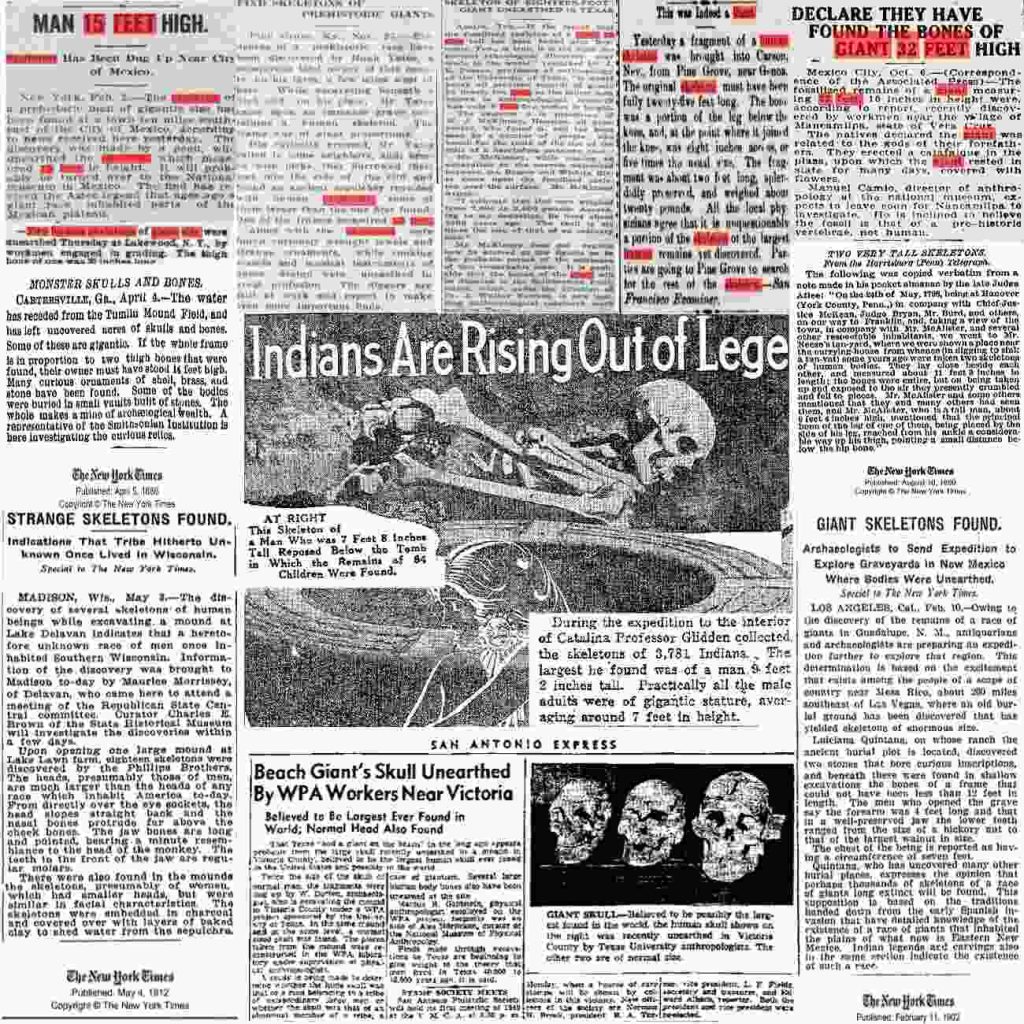
Modern Hoaxes and Debunked Myths
In the digital age, the myth of giant skeletons has found new life through internet hoaxes and manipulated images. One of the most famous hoaxes involves the supposed discovery of giant skeletons in the Arabian desert by an Aramco exploration team. The accompanying images, widely circulated on social media, were later revealed to be the product of a digital manipulation contest.
Similarly, a hoax involving the Smithsonian Institution claimed that the organization had destroyed thousands of giant skeletons to suppress evidence of their existence. This story, originating from a satirical website, was widely shared but has been thoroughly debunked by reputable sources like Reuters and the Associated Press.

Notable Discoveries: Fact or Fiction?
While many claims of giant skeletons are fabrications, a few legitimate discoveries have fueled the myth. The ‘Giant of Castelnau,’ for instance, refers to three bone fragments discovered in France in 1890. These fragments were initially thought to belong to a human of extraordinary size, but modern analysis suggests they were more likely the remains of a large prehistoric animal. The discovery of the ‘Giant of Castelnau’ raises questions similar to those surrounding the Moai statues of Easter Island, where interpretations often blur the lines between fact and myth.
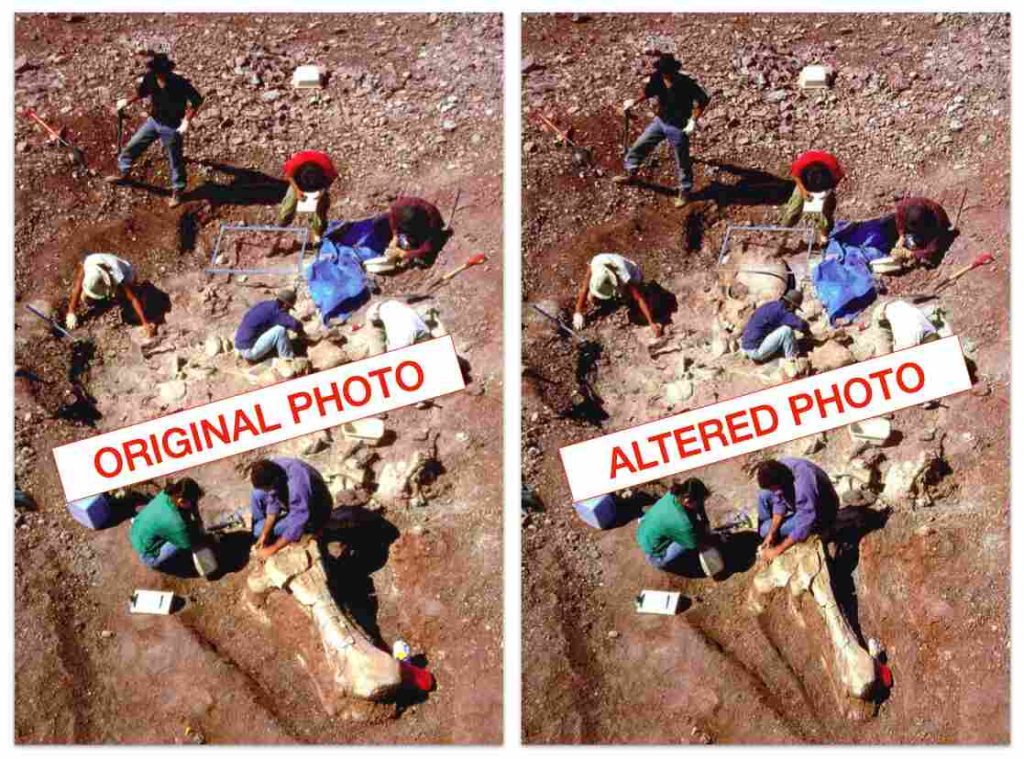
Another case involved the Reid Collection, a group of Native American skeletons unearthed in Nevada. One skeleton was said to measure 9 feet 6 inches, but further examination by anthropologist Sheilagh Brooks revealed that none of the skeletons exceeded 5 feet 11 inches in height. These cases highlight how misinterpretation and a lack of scientific rigor have contributed to the giant skeleton myth.
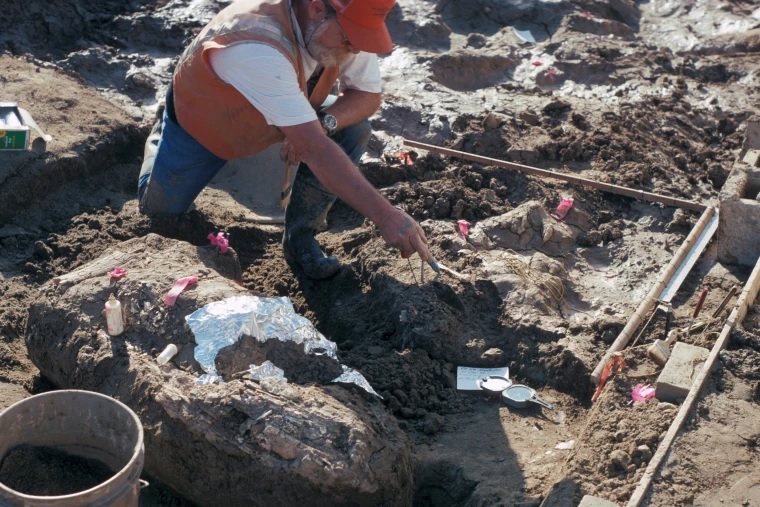
The Cultural Impact of Giant Skeletons Myths
The belief in giant skeletons is deeply rooted in various cultural and religious traditions. In the Bible, references to giants, such as the Nephilim, have inspired countless tales of ancient giants. These stories are often used to support the idea that giants once walked the earth, providing a convenient bridge between myth and perceived reality. For those interested in further exploration of this topic, the question ‘Are Giants Real?’ offers a deep dive into the cultural and historical implications of these legends.
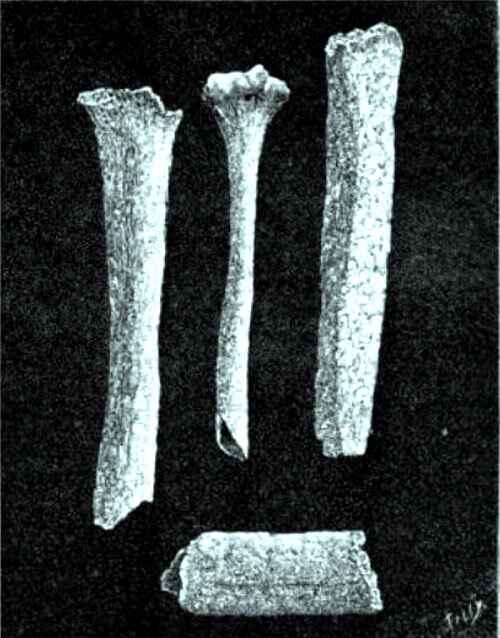
In North American settler mythology, the belief in a prehistoric race of giants served as a justification for the colonization of Native American lands. The so-called “mound builder” race was imagined as a lost race of giants who were exterminated by Native Americans, casting the latter as the aggressors in a narrative that justified their displacement.
Gaps in Current Literature and Potential Areas of Exploration
Despite the extensive coverage of giant skeleton myths, several gaps remain in the current literature. Many articles focus primarily on debunking hoaxes and do not explore the psychological and sociocultural reasons behind the persistence of these myths. Future research could delve into why certain communities are more susceptible to believing in these myths and how these beliefs are transmitted across generations.
Additionally, the role of digital media in perpetuating these myths is an area ripe for exploration. Understanding how and why these myths resurface online, even after being debunked, could provide insights into the broader phenomenon of misinformation in the digital age.
Frequently Asked Questions (FAQs)
1. How tall were the Lovelock giants?
The so-called Lovelock giants, reportedly discovered in Lovelock Cave, Nevada, were said to be over 8 feet tall. However, these claims have been debunked, with most of the skeletons measuring no more than 6 feet.
2. Has a giant skeleton ever been found?
No verified discoveries of giant human skeletons have been made. Most claims are either hoaxes, misidentified animal bones, or exaggerated reports.
3. Were giant skeletons found in Lovelock Cave?
No giant skeletons were found in Lovelock Cave. The reports were based on misinterpretations of the skeletal remains found there.
4. How tall was the Longshan giant?
The so-called Longshan giant, reported in some Chinese legends, is said to have been over 10 feet tall. However, there is no archaeological evidence to support the existence of such a giant.
5. Did the Smithsonian destroy giant skeletons?
No, the Smithsonian did not destroy any giant skeletons. This story is a widely circulated hoax with no basis in fact.
Conclusion
The myth of giant skeletons is a fascinating blend of history, culture, and human psychology. While most claims have been thoroughly debunked, the allure of these stories persists, fueled by our innate curiosity and desire to believe in the extraordinary. As we continue to explore our past, it is essential to approach such claims with a critical eye, separating fact from fiction to uncover the true history of our world.
Use of Our Content
⚠️ Content on “Mystery Uncover” is protected under US and International Copyright Laws.
You are free to reuse, republish, and share our content by giving credit to the source as Mystery Uncover with a link to the original material on mysteryuncover.com.


